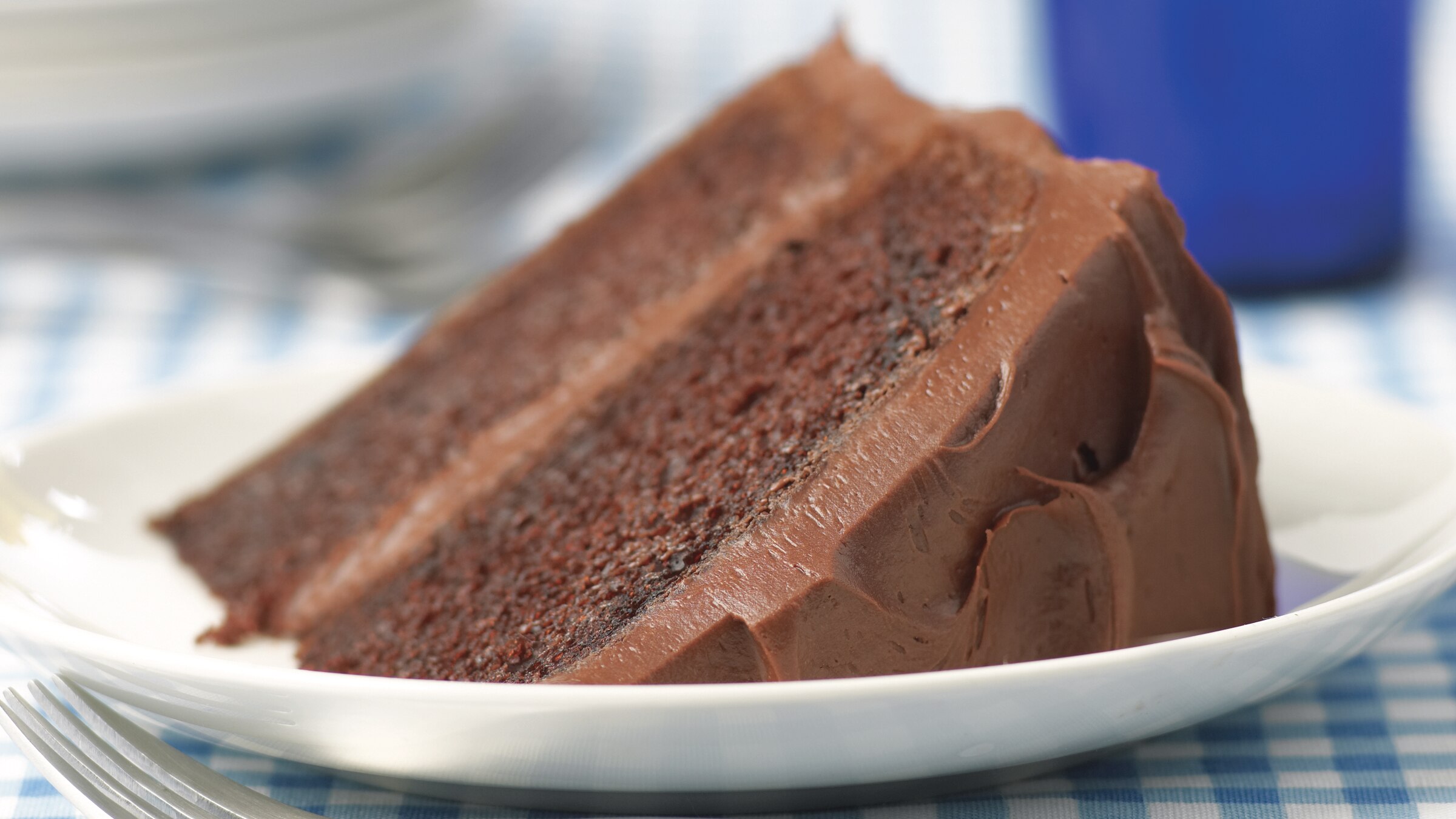Chocolate and Valentine's Day
TEXARKANA, Ark. –
In one of my favorite I Love Lucy episodes, Lucy and Ethel are working on a chocolate factory assembly line. You know the one. Chaos reigns and soon Lucy’s cheeks are bulging as she tries to hide chocolates. It is still funny today.
Although we don’t know what chocolate she was eating, we do know that chocolate is not just chocolate. There are so many choices. But they all start with the cacao tree. This tree produces the beans that chocolate is made from today.
Once the beans are removed from their pods, they are fermented, dried, roasted and cracked, separating the nibs (which contain an average of 54 percent cocoa butter) from the shells. The nibs are ground to extract some of the cocoa butter (a natural vegetable fat), leaving a thick, dark brown paste called chocolate liquor, which becomes the basis of all chocolate and cocoa products.
Unsweetened chocolate, also called baking or bitter chocolate, is unadulterated chocolate. U. S. standards require that unsweetened chocolate contain between 50 to 58 percent cocoa butter.
Bittersweet, semisweet or sweet chocolate is made by adding sugar, lecithin and vanilla. Bittersweet chocolate must contain at least 35 percent chocolate liquor; semi-sweet and sweet can contain 15 to 35 percent. With the addition of dry milk to sweetened chocolate, milk chocolate is created. It must contain at least 12 percent milk solids and 10 percent chocolate liquor.
For those die-hard white chocolate fans, you may be disappointed to know that white chocolate is not true chocolate. It contains no chocolate liquor and very little true chocolate flavor.
Chocolate can be expensive. Store it properly for best quality. If stored at room temperature, dark chocolate can be stored for 10 years. However, because of the milk solids in both milk chocolate and white chocolate, they shouldn’t be stored for longer than 9 months. Store tightly wrapped, in a cool dry place.
If stored at warm temperatures, chocolate will develop a pale gray “bloom” as evidenced by surface streaks and blotches. This is caused by the cocoa butter rising to the surface. If stored in damp conditions, chocolate can form tiny gray sugar crystals on the surface. In either case, the chocolate is still good, only flavor and texture is slightly affected.
When baking with chocolate, it is important to know your ingredients.
1 square = 1 ounce
1 square = 3 tablespoons cocoa plus 1 tablespoon margarine
1 ounce plus 4 teaspoons sugar = 1 and two-thirds ounces semi-sweet chocolate
1 square = 4 tablespoons grated
4 cups cocoa = 1 pound
For more information, contact the Miller County Extension Office, 870-779-3609 or visit us in room 215 at the Miller County Courthouse. We're online at cdue@uada.edu, on Facebook at UAEXMillerCountyFCS, on Twitter @MillerCountyFCS or on the web at uaex.uada.edu/Miller.
If you want to treat someone to a special occasion cake, this would be the one. This Mayonnaise Cake is moist and flavorful and no, you cannot taste the mayonnaise.
Mayonnaise Cake
2 cups all-purpose flour
1 cup sugar
1 1/2 teaspoon baking powder
1 cup water
1 cup mayonnaise
2 tablespoons cocoa
1 1/2 teaspoon soda
2 teaspoons vanilla
Pinch of salt
In a mixing bowl, combine flour, sugar, baking powder, cocoa, soda and salt. Mix briefly. Add to dry ingredients, water and vanilla. Mix thoroughly. Fold in mayonnaise. Pour in a greased and floured 11 x 14-inch pan and bake at 350 degrees F for 30 to 35 minutes, or until cake tests done.
By Carla Due
County Extension Agent - FCS
The Cooperative Extension Service
U of A System Division of Agriculture
Media Contact: Carla Due
County Extension Agent - FCS
U of A Division of Agriculture
Cooperative Extension Service
400 Laurel Street, Suite 215 Texarkana AR 71854
(870) 779-3609
cdue@uada.edu
The Arkansas Cooperative Extension Service is an equal opportunity institution. If
you require a reasonable accommodation to participate or need materials in another
format, please contact your County Extension office (or other appropriate office)
as soon as possible. Dial 711 for Arkansas Relay.
Pursuant to 7 CFR § 15.3, the University of Arkansas System Division of Agriculture
offers all its Extension and Research programs and services (including employment)
without regard to race, color, sex, national origin, religion, age, disability, marital
or veteran status, genetic information, sexual preference, pregnancy or any other
legally protected status, and is an equal opportunity institution.
